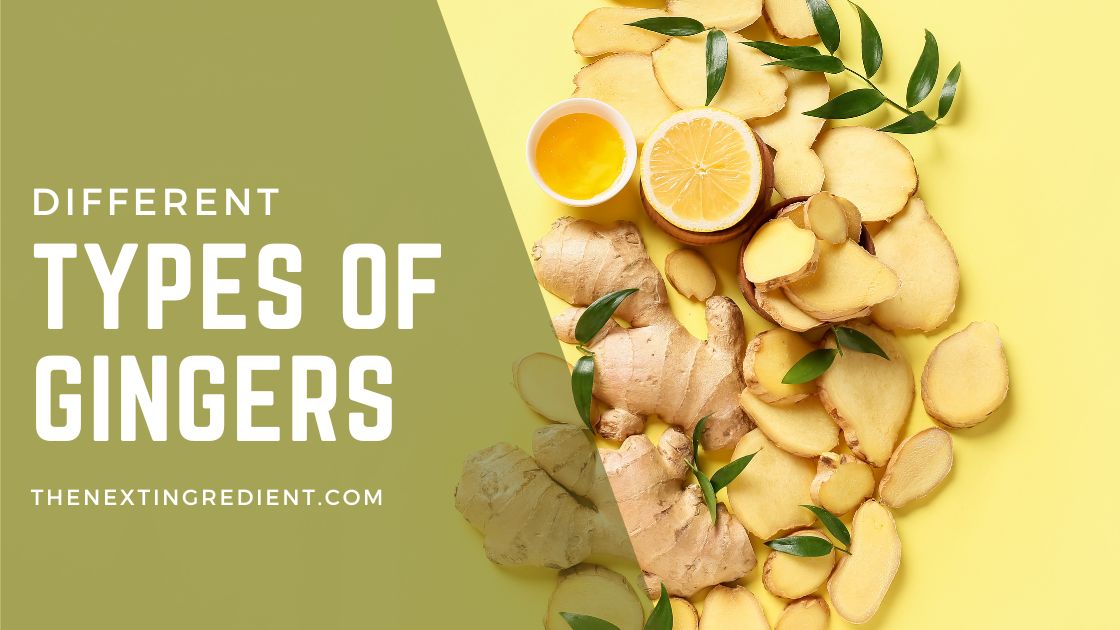There are different types of ginger. Ginger is one of those spices that have taken great relevance in recent times, it is not only used in the culinary world but has tons of other benefits for our overall health, and did you know there’s more than one type! That’s right, there are many different types of ginger, and we’ll tell you all about them.
You are probably familiar with Chinese ginger, which you regularly get, with the sturdy skin and yellow flesh, with a sharp stinging taste. Widely used to give some oomph to your food, a little ginger goes a long way, and it is definitely one of those flavors you need a little time to adjust.
But ginger doesn’t stop there. Want to find out all the ginger varieties? Then you are in the right place. Learn how to differentiate your ginger and make the best use of it, how to store it, different recipes, and much more.
Types Of Ginger
Were you aware that ginger has a classification of its own? Contrary to what you may think, ginger varies, and there’s more to it than the one you always get at the market; there are actually a few kinds of this wholesome root.
When we talk about fresh ginger, we find there are ten overall types of it. We have six primary types and then four that are divided by color. Read about all of them below.
Culinary Ginger
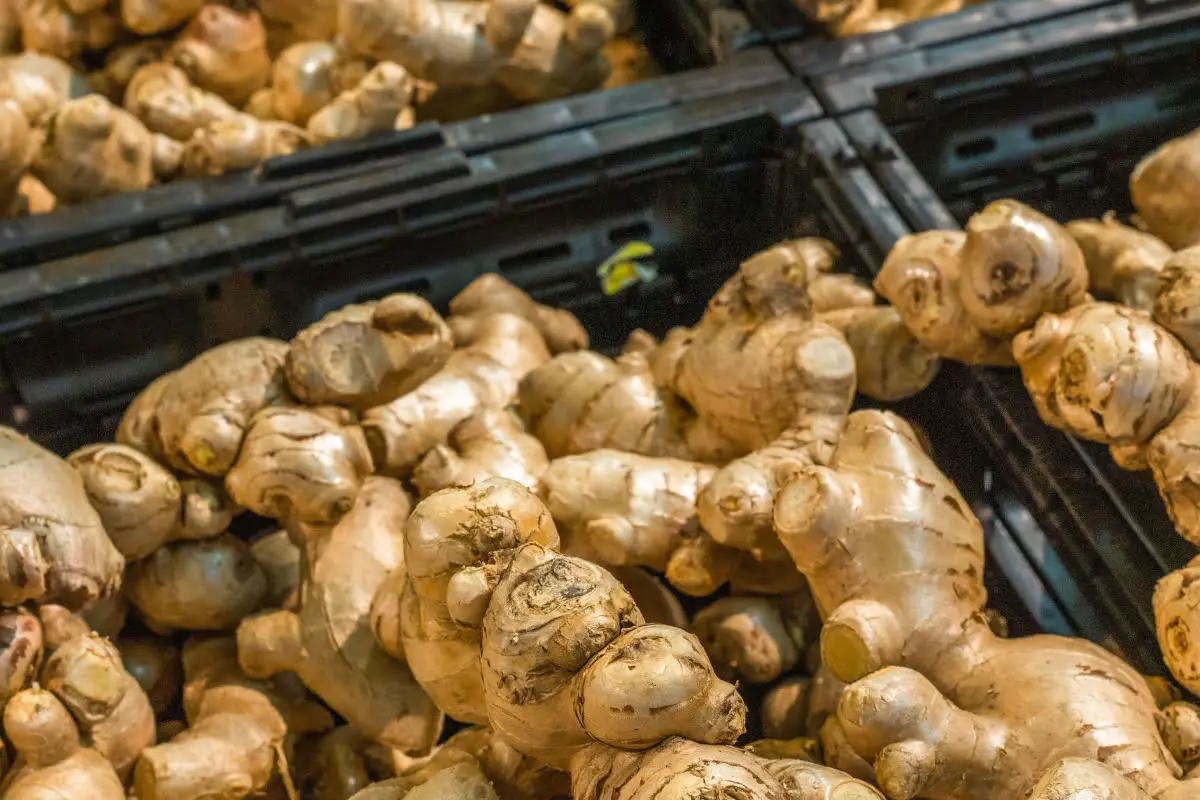
Culinary ginger needs determined climatic conditions to develop, specifically a hardiness zone or 9-12 zone with partial shade.
This type of ginger finds its origin in Asia, in humid and hot areas. What’s cool about ginger is that you can grow it yourself, and it can grow indoors as well. You’ll have to wait several months to be able to use it in your recipes, but it is dummy-proof, and anyone can do it.
Globba Ginger
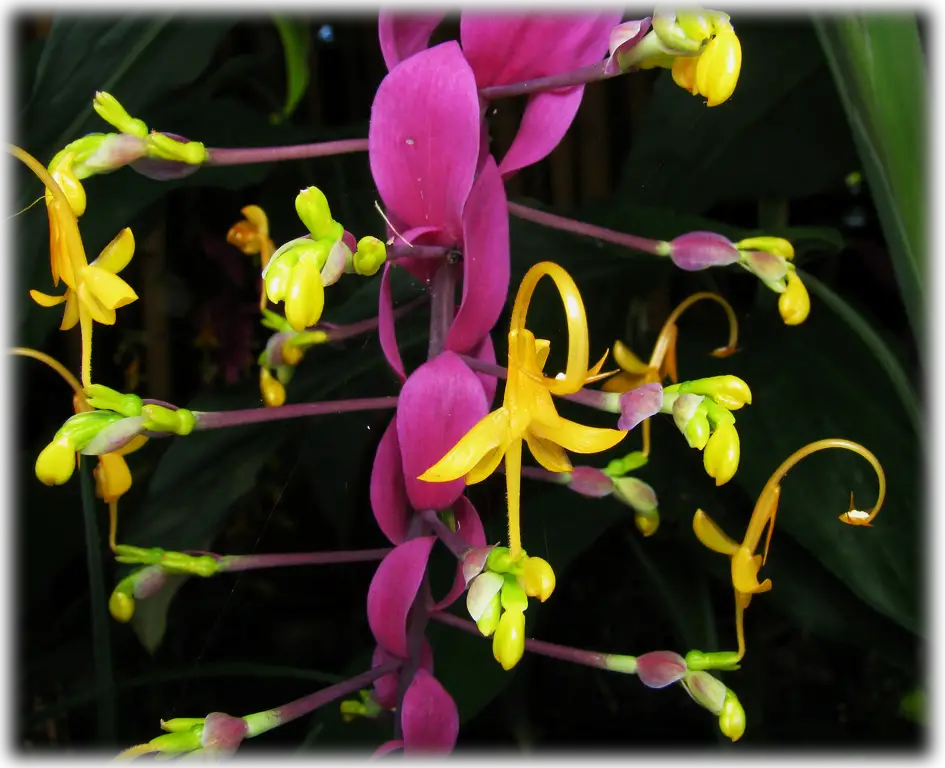
Also known as Dancing Ladies, this type of ginger needs many suns, and it grows in drained soil and 8-11 zones. It is easily identified with purple or white seeds and small yellow flowers and won’t surpass two feet in height.
Globba, which is pretty to look at, presents different varieties because it is available in numerous cultivars. Other varieties of Globba ginger have pink and purple bracts and a red tone on the back of the leaf.
Grocery Store Ginger
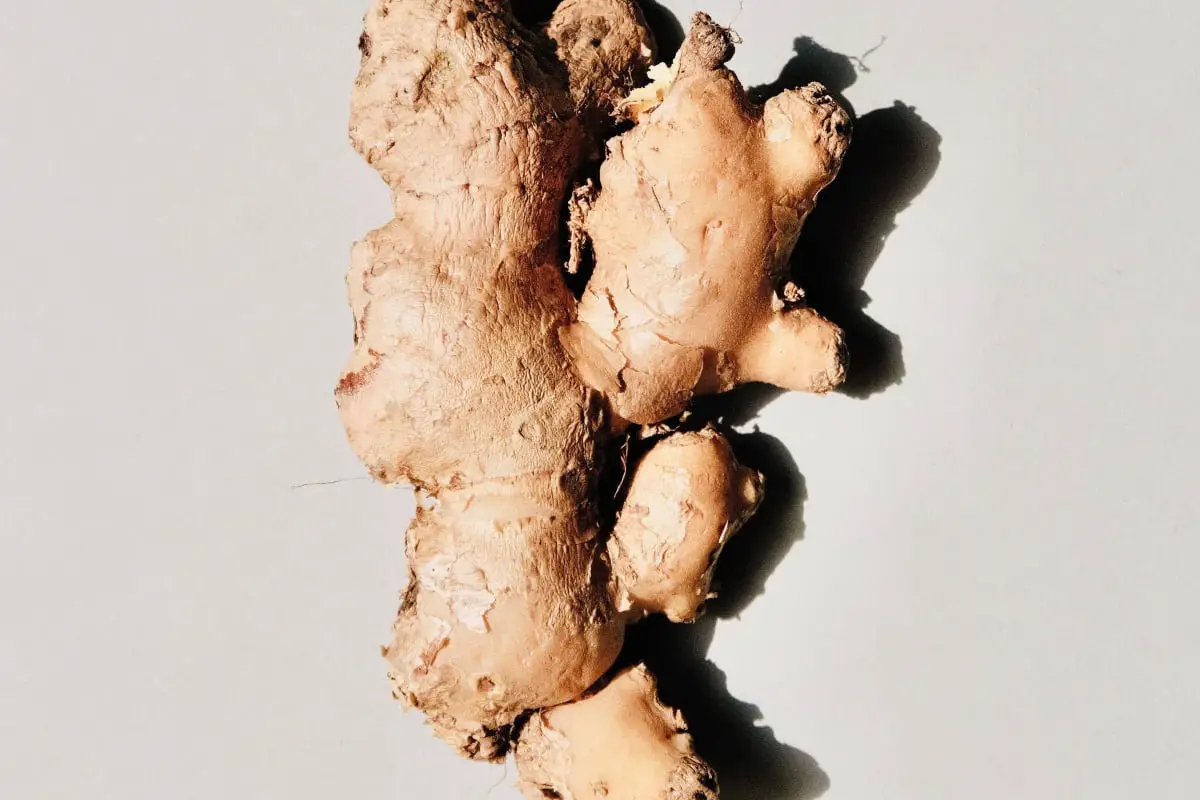
Grocery store ginger or Chinese ginger or regular ginger is what you find at most grocery shops across the country.
It lands there all the way from India and China and has excellent taste and substantial roots. This type of ginger grows to be around four feet tall and can extend no more than three feet if the room is available.
Visually, it isn’t a catchy plant and is available in numerous cultivars, which incorporate Rio de Janeiro as an Indian variety and Gandzhou as a Chinese variety, among many others.
Hedychium Ginger
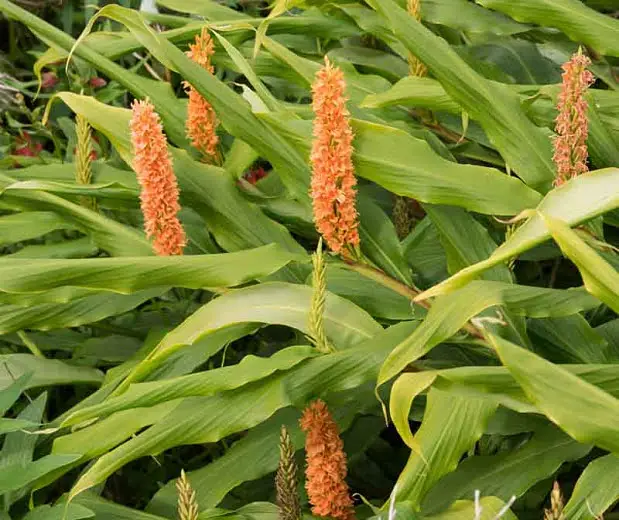
This type of ginger with the weird name needs a 7-11 zone to grow. This is purely a decorative kind of ginger, including a variation called White Butterfly Ginger Lily, which goes slumbering in wintertime. This type of ginger needs both sun and shade and moist soil to develop; it can grow seven feet, and its roots and stems spew from the soil. These are white and have the shape of a butterfly.
Kaempferia Ginger
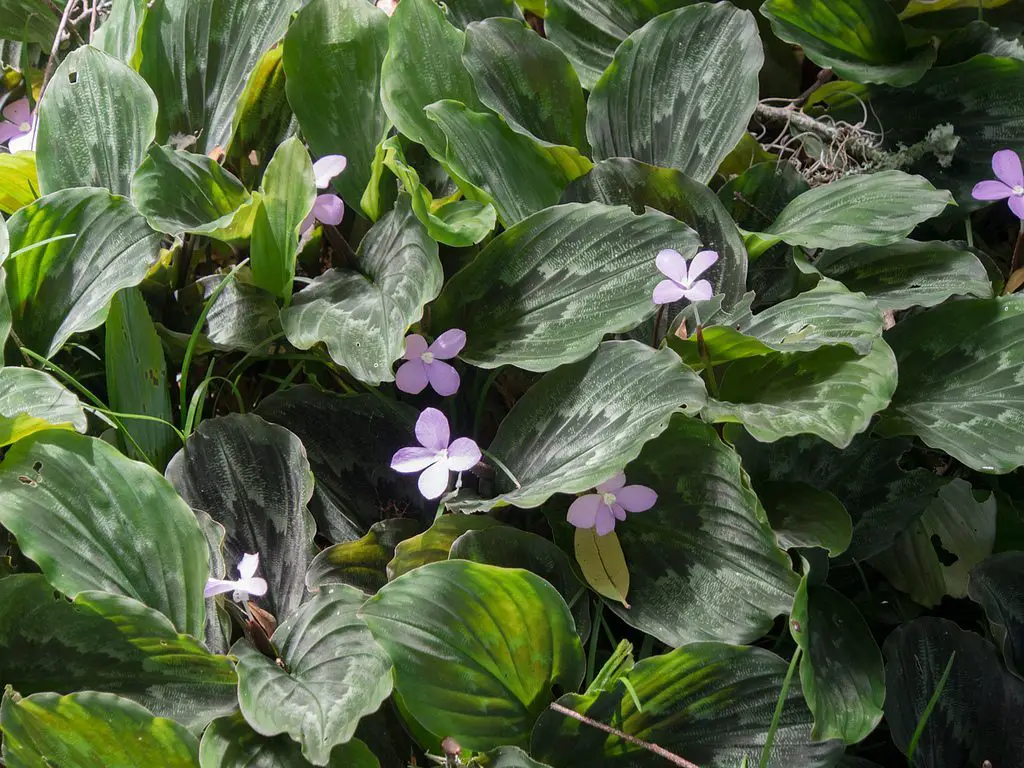
Kaempferia or Peacock gingers present small purple flowers and leaves in the shape of an oval that combines bronze and burgundy tones.
Compared to other types, it is a tiny plant since it only grows a few inches from the soil. They need shade and moist but well-drained soil to develop properly.
Small Rhizome Ginger
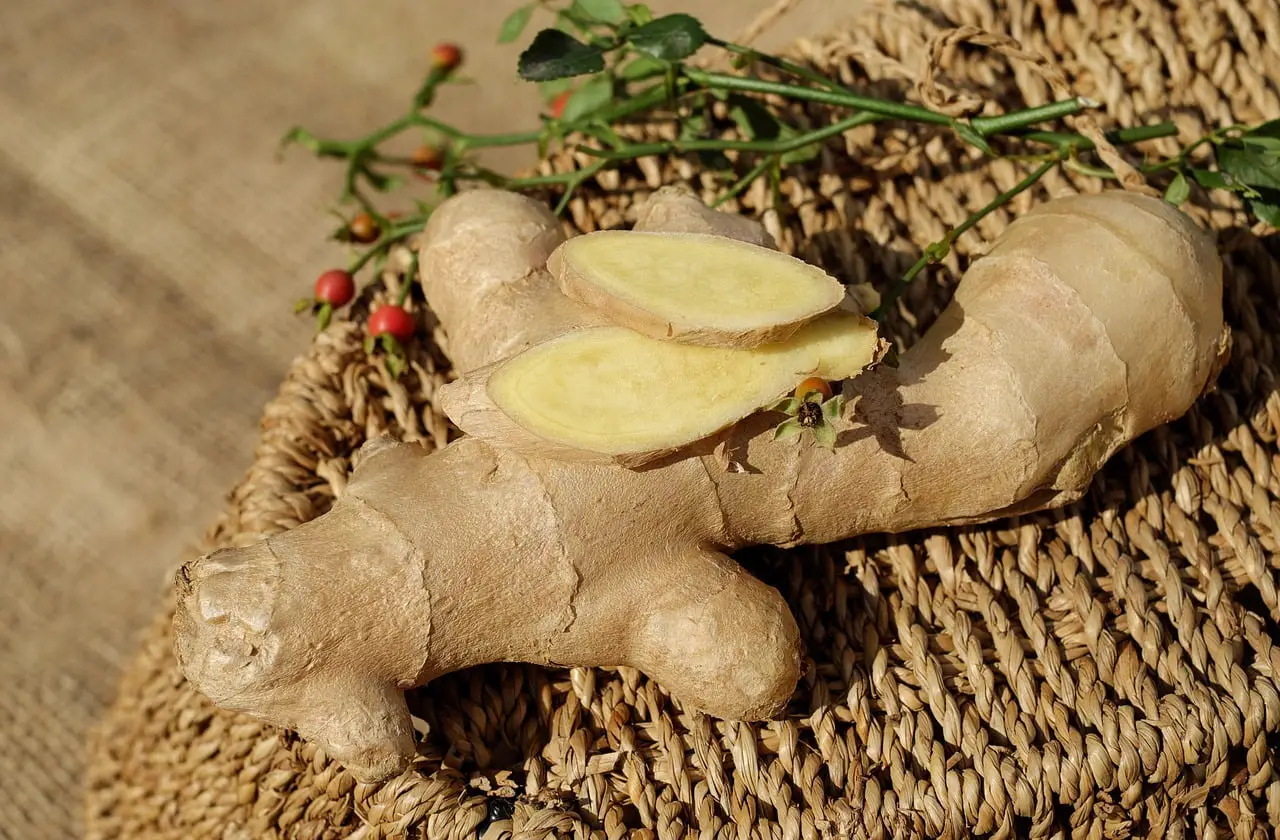
Small Rhizome or Japanese ginger possesses an acute, potent taste. Like Chinese ginger, Japanese is also widely utilized to prepare food. Small rhizome also includes other types such as Kintoki and Sunti -both contain a potent flavor.
Types of Ginger By Color
Baby Ginger
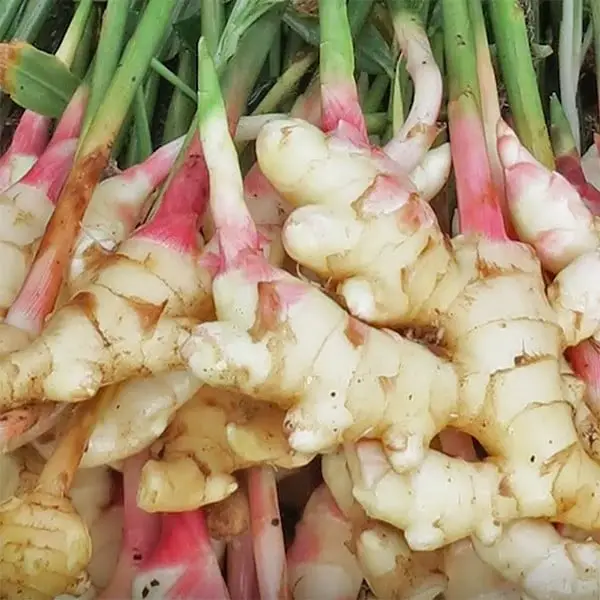
Baby ginger, aka pink, green, spring, new, or stem ginger, has fine skin and a light taste. This particular kind grows in a bunch which is nice because you can take what you need to cook.
The stems are great to brew ginger tea and enhance some of your favorite recipes like pasta and soups.
Blue Hawaiian Ginger

This type of ginger has a yellow core and bright-green leaves and offers a distinctive taste despite the name. Hailing from Brazil, it grows no more than three feet. This decorative plant will burn if placed under the sun, and it needs 60ᵒ and 80ᵒ Fahrenheit to grow.
White Ginger
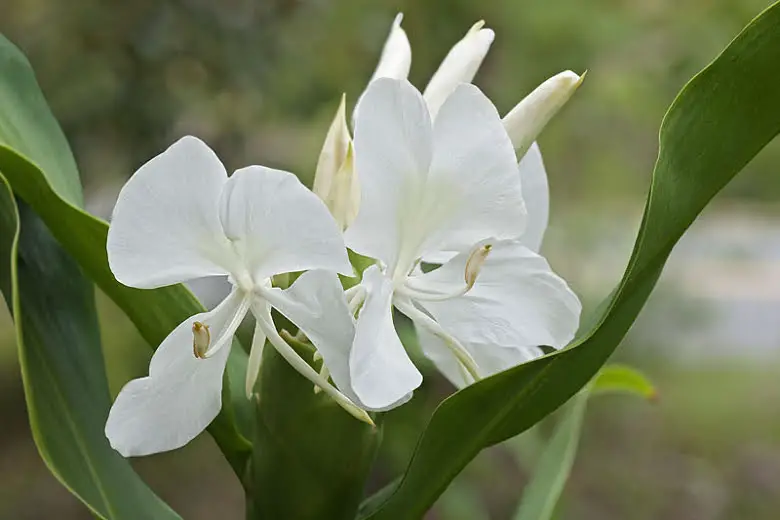
White ginger is rarely found in the U.S.; it grows at least eight feet and is purely ornamental. Also called Ginger Lily or Butterfly Flower, it blossoms in both summer and fall seasons and is commonly found in Nepal, Nigeria, and India.
Yellow Ginger
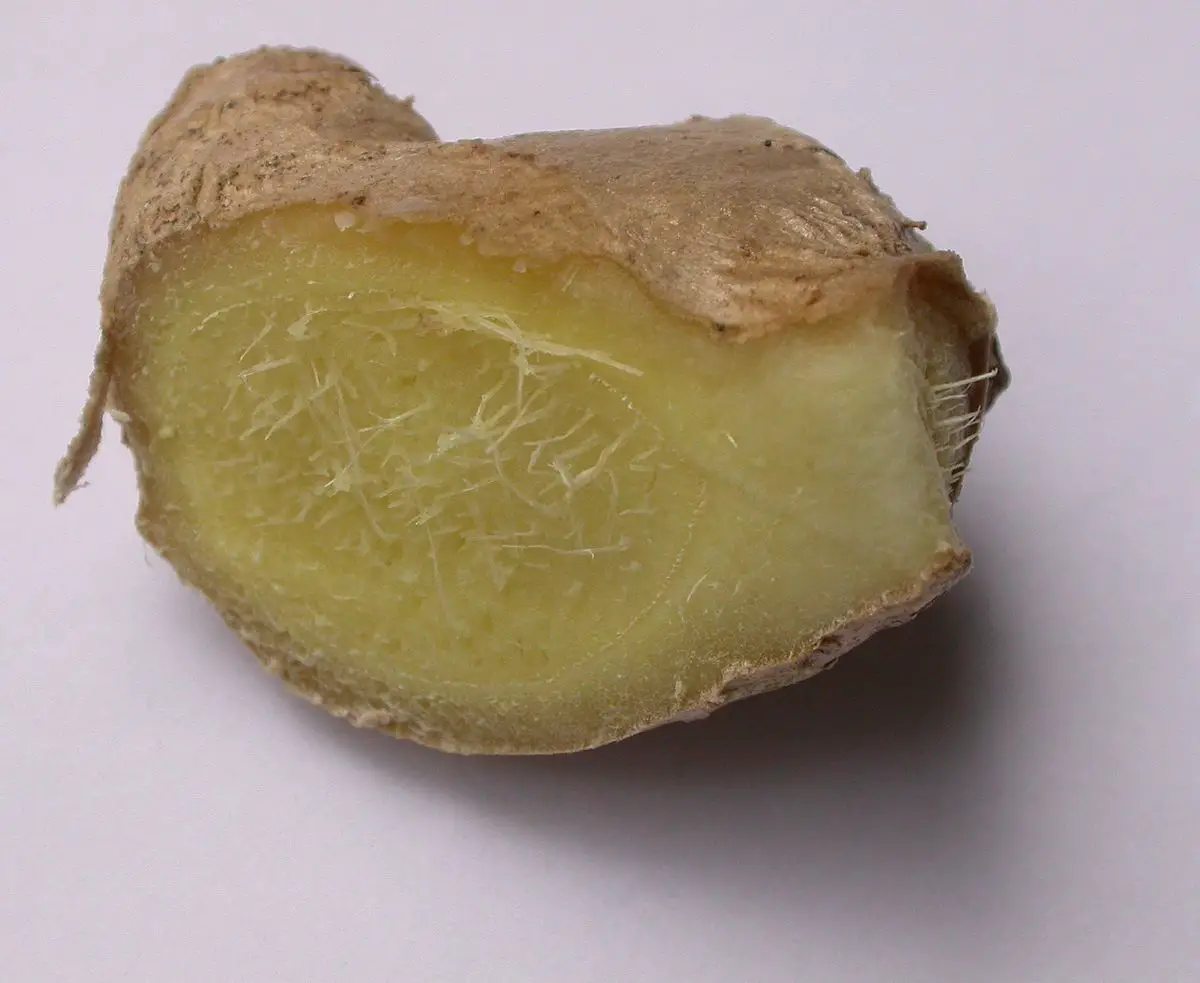
Yellow ginger, widely referred to as turmeric, is actually a type of ginger and you probably didn’t know!
Turmeric has its own world with thousands of other species and is praised for its many cooking benefits and medicinal properties.
Used for inflammation, yellow ginger also boosts the immune system and supports brain function. But it doesn’t stop there, and turmeric has also been effective in remedying several afflictions such as digestive issues, stress, skin diseases, and even some types of cancer.
How To Keep Ginger Fresh?
You probably want to ensure you keep ginger’s freshness like any other product you get. You must take a few steps to ensure proper storage after you get your ginger from the market.
There are a few ways you can store ginger to keep it fresh:
- Store your ginger in a paper bag, a paper towel also works, and then place it in the fridge. Ensure you wrap your ginger chunk properly in a way that is not exposed to moisture or air. This way, you’ll have good ginger for at least three weeks.
- When dealing with whole ginger, the easiest way to keep it fresh is to put it inside a Ziploc bag and press all the air out. You can grab the pieces you need; they will last fresh for over a month.
- If you have peeled ginger, put it in a jar and add either lemon juice or vinegar. Though it may alter the flavor of the ginger, it will buy you some time.
How To Store Ginger, So It Stays Fresh For Longer?
If you wish your ginger to stay as fresh as possible for a longer period, you should keep it in the freezer.
Most prefer to store ginger once it’s been peeled and minced. Then all you have to do is transfer it to a tray and freeze; once it is completely frozen, place it in a sealed container or freezer bag.
You’ll have ginger for up to a few months without compromising its flavor.
Can you Freeze Ginger?
Yes, you can absolutely freeze any ginger; this way, you’ll make sure you have ginger for at least two months with its unique flavor intact.
Keep in mind that once ginger has been cut, it must be kept in the fridge or freezer to extend its shelf life. So, remember once you slice your ginger, you must not leave it at room temperature. It’s ok to store big pieces of ginger in the freezer, but you need to place them in a sealed container.
What To Do With Ginger Before It Goes Bad?
Discard your ginger if its firm texture becomes mushy or soft; if you notice its regular yellow flesh turns dark or grey.
If you see some small mold specks, you may still cut off that part and use the rest; however, throw them away if the spots are large.
But before your ginger goes bad, there are still tons of things you can use it, say to enhance the flavor in some of your favorite dishes! Read how easy and interesting is to How dice ginger?

